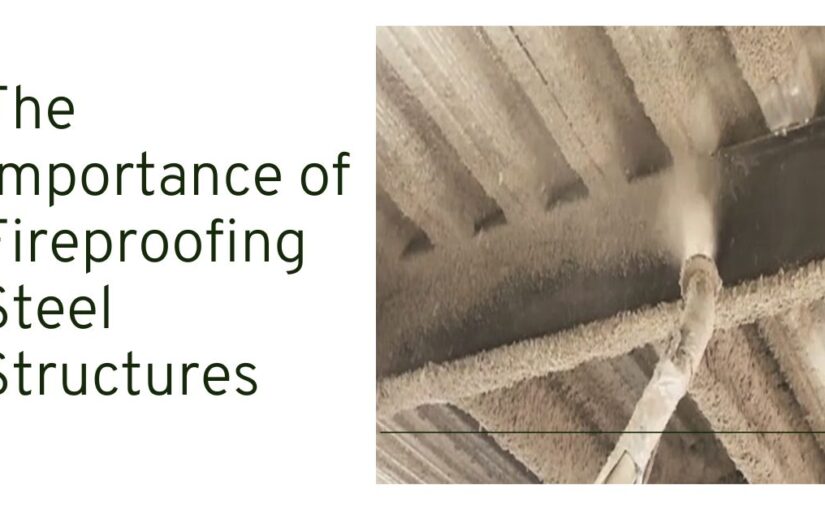Steel is a common material for building infrastructure and structures all around the world because of its reputation for strength and durability. But even though steel is strong, fire can still cause great harm to it. Steel buildings must be fireproofed in order to reduce the danger of fire. We’ll discuss the benefits of fireproofing steel structures and how it protects both the buildings and their occupants in this blog.
How does fire affect the structural properties of steel?
Steel’s structural characteristics significantly alter when it is exposed to high temperatures. Steel expands and loses its ability to support weight as the temperature rises, which finally causes deformation and structural failure. Furthermore, steel can lose its strength and integrity after being exposed to fire for an extended period of time, which jeopardises the structure’s overall stability.
At what temperatures does steel lose its strength?
The precise temperature at which steel weakens is determined by a number of variables, including as the steel alloy’s composition and the length of time it is exposed to fire. However, temperatures beyond 500°C (932°F) generally cause structural steel to lose its stiffness and strength. Steel can deteriorate significantly at temperatures beyond 600°C (1112°F), which raises the possibility of structural collapse.
What happens if steel is not fireproofed in a building?
In the case of a fire, a building’s failure to use fireproof steel could have disastrous results. The safety of occupants and emergency responders is seriously threatened by exposed steel structures, which are prone to fast temperature increases and structural failure. Steel structure collapses can also cause significant property damage and financial losses.
How does fireproofing mitigate the impact of fire on steel structures?
Applying certain compounds to steel surfaces to insulate them from high temperatures and stop rapid heat transfer is known as fireproofing. These fire-resistant sprays or coatings create a barrier of defence that postpones the point at which steel begins to deteriorate during a fire, giving firefighters and inhabitants valuable time to confine the flames. Fireproofing lowers the risk of collapse and helps maintain structural integrity by slowing down the rate at which steel structures warm up.
What types of buildings typically require fireproofing for steel structures?
Fireproofing steel components is advantageous for a variety of building and structural types, including high-rise buildings, business complexes, industrial facilities, and infrastructure projects like bridges and tunnels. Fireproofing steel structures is especially important for buildings that have a lot of open space, are heavily occupied, or serve vital tasks like hospitals and airports. These types of buildings are subject to strict fire safety regulations.
also read:- Enhancing Safety with Vermiculite Coating for Steel Structures
Steel structures must be fireproof in order to protect assets, people, and buildings from the destructive power of fire. Building owners and designers can prioritise fire safety measures and guarantee compliance with building standards and regulations by knowing how fire affects the structural qualities of steel and the significance of fireproofing in lowering these risks.
By employing efficacious fireproofing tactics, we can augment the robustness of steel constructions and make constructed environments safer for future generations.

